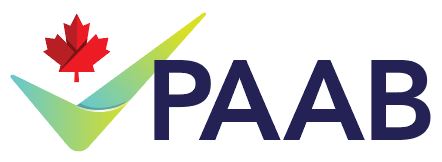International Conference Booth
-
Our parent company has created booth materials for an international conference being held in Canada. According to the IMC Code this must be submitted for local Med/Reg review. The Canadian Med/Reg review has requested that the Global brand logo be replaced with the Canadian logo and also that the global safety information be replaced with Canadian Fair Balance. If the materials are updated to include this content, would they still be exempt from PAAB review given that the materials were created outside of Canada and not by the Canadian affiliate?
-
Our parent company has created booth materials for an international conference being held in Canada. According to the IMC Code this must be submitted for local Med/Reg review. The Canadian Med/Reg review has requested that the Global brand logo be replaced with the Canadian logo and also that the global safety information be replaced with Canadian Fair Balance. If the materials are updated to include this content, would they still be exempt from PAAB review given that the materials were created outside of Canada and not by the Canadian affiliate?
In PAAB’s view, Canadian medical/regulatory review of international conference materials is an appropriate mechanism for determining whether the sort of disclosure statement outlined in the fourth bullet of the Distinction document’s section on international conferences is required to be affixed to the ad. However, tailoring the ad for Canadian HCPs (beyond simply affixing the aforementioned sticker) would likely render it subject to all applicable Canadian Federal advertising regulations, regardless of whether the revisions are implemented by the parent company or the Canadian subsidiary. Given that the ad was generated from a non-Canadian label, its deviations from the Canadian regulations likely go beyond the product’s local naming/branding conventions and risk disclosures. The course proposed in the question would therefore appear to render ad subject to Canadian advertising regulations while falling short of achieving full adherence with those regulations. The resulting ad would likely also deviate from the regulations that are applicable in the jurisdiction from which it originates.
In our opinion, based on the limited information provided, it would be best to EITHER:
• Make no modifications to the ad itself, and instead affix a sticker conveying that the product is not authorized for sale in Canada or that the product is authorized under a different name for different indications in Canada (if applicable). Canadian HCPs should be invited to refer to the Canadian monograph.
• Revise the ad so as to fully bring it into adherence with all applicable Canadian regulations (and confirm this through the PAAB preclearance mechanism).
